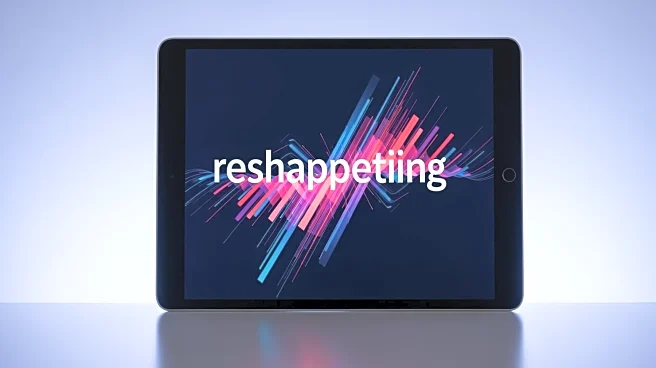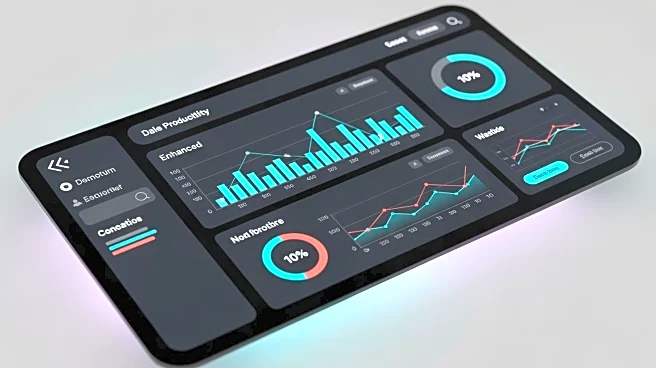What's Happening?
The Business of Fashion (BoF) has launched a new AI-driven tool called BoF Insights Brand Pulse, developed in collaboration with Quilt.AI. This tool is designed to help fashion brands track their performance
in a rapidly evolving digital landscape. Traditional methods of tracking brand performance, such as annual surveys, are becoming outdated due to their time-consuming nature and inability to keep pace with the fast-moving digital world. The new tool aims to provide a more dynamic and nuanced understanding of brand performance by analyzing digital interactions across platforms like TikTok, Instagram, and Google Search. It evaluates brands based on five core dimensions: discoverability, identity, value, connection, and love, offering insights into how brands are perceived and how they can improve their marketing strategies.
Why It's Important?
The introduction of BoF Insights Brand Pulse is significant for the fashion industry as it addresses the need for more agile and comprehensive tools to measure brand performance. In an era where digital presence and consumer engagement are crucial, this tool provides brands with the ability to make informed decisions quickly. By understanding how consumers discover, connect with, and perceive brands, companies can tailor their strategies to enhance customer engagement and loyalty. This tool not only helps brands understand their current standing but also offers a competitive edge by allowing them to monitor and compare their performance against competitors. As the fashion industry becomes increasingly digital, tools like this are essential for brands to stay relevant and competitive.
What's Next?
With the launch of BoF Insights Brand Pulse, fashion brands are expected to integrate this tool into their marketing and strategy planning processes. The tool's ability to provide real-time insights will likely lead to more dynamic marketing strategies and quicker adaptations to market trends. Brands may also use the insights gained to refine their brand identity and value propositions, ensuring they resonate with their target audiences. As more brands adopt this technology, it could lead to a shift in how brand performance is measured and valued in the fashion industry, potentially setting new standards for digital marketing and consumer engagement.











